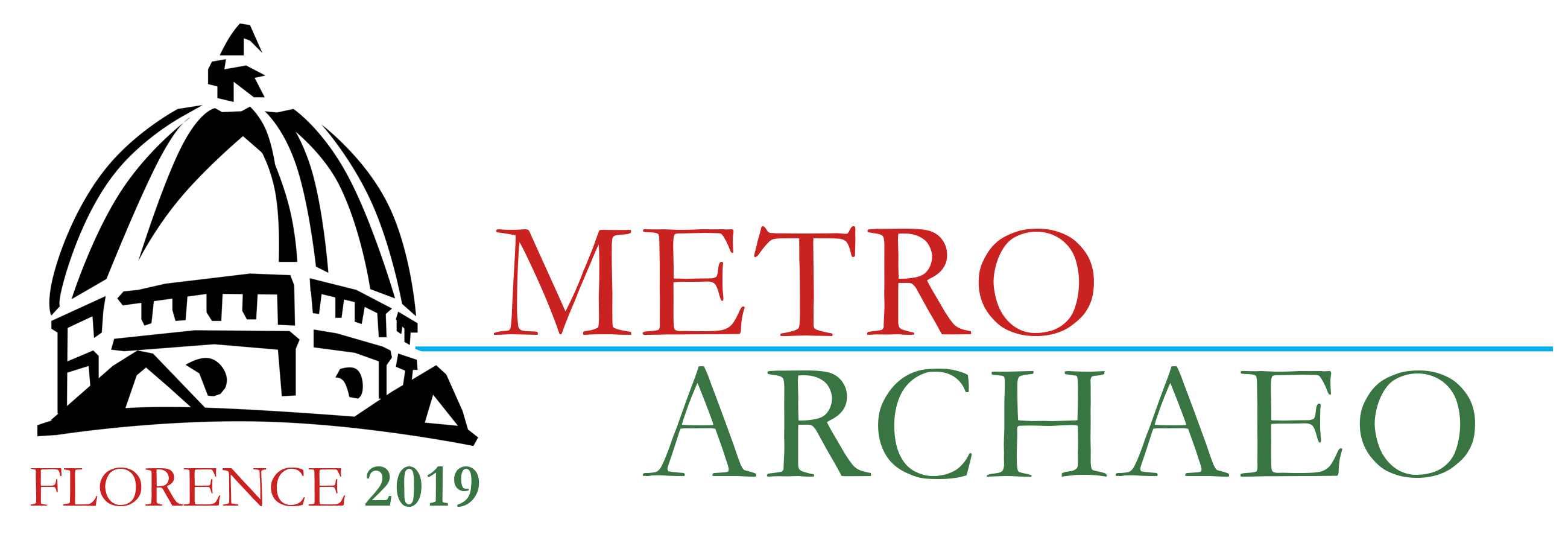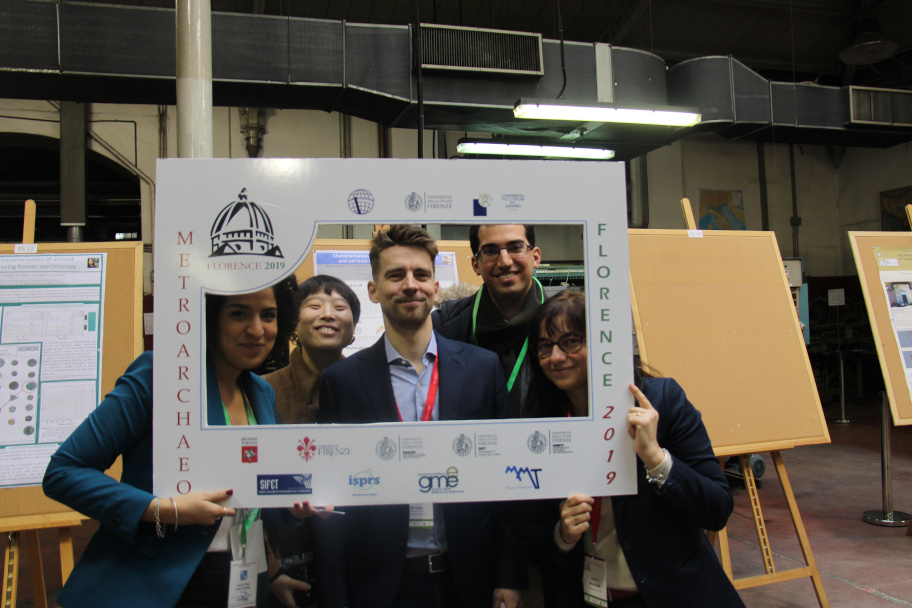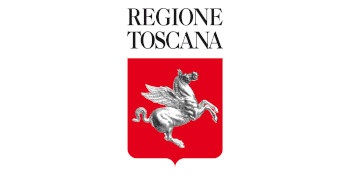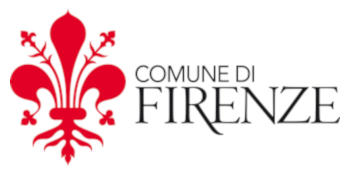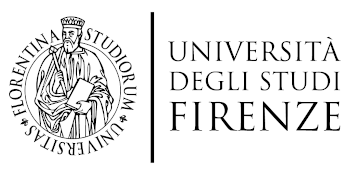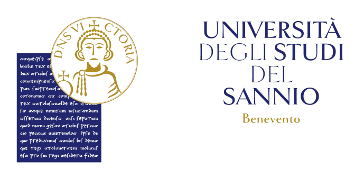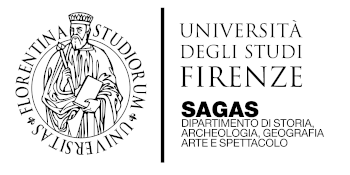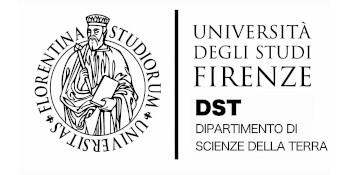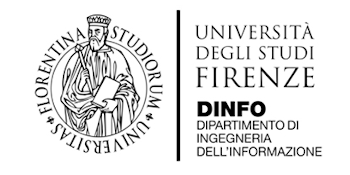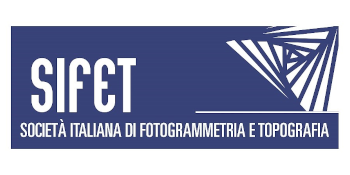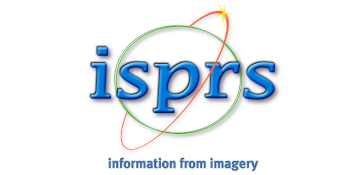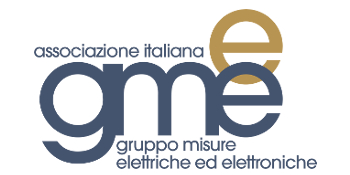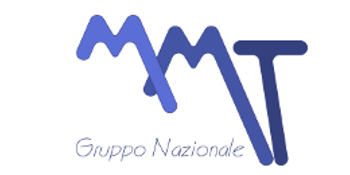The historical dimension of archaeological research: from the episode to the phenomenon.
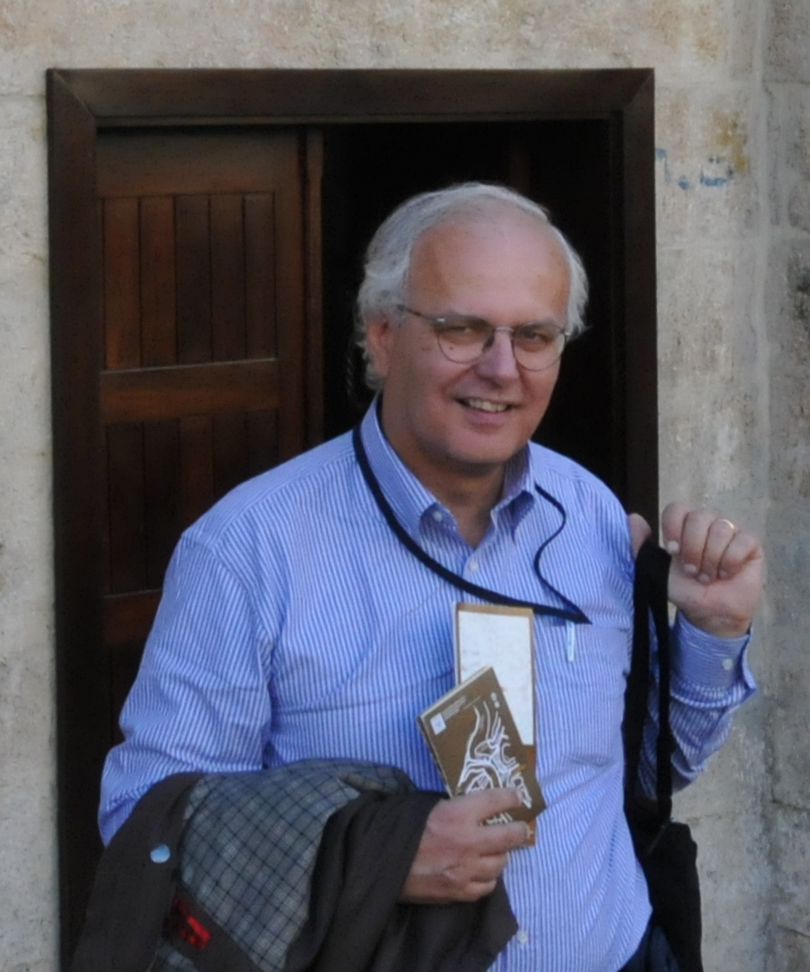
Guido Vannini
University of Florence, Italy
ABSTRACT
The historical dimension of archaeological research: from the episode to the phenomenon. From the experiences of a medievalist to the territorial approach of the research: we will talk about 'light' forms of archaeological approach, of public diffusion for a shared archaeology (and, also here, 'measured'), of recipients of technological processes at the service of the archaeological heritage. All this by paying attention to the risks of technicality ('poor neopositivism') and to the 'dynamic' methodology, i.e. correlated to the changing of the same quantitative and qualitative objectives of a research that at least tries to be in tune with today's society.
SPEAKER BIO
Full professor in Medieval Archaeology since 2002, Director of the Archaeology Specialization School
at the University of Florence (since 2011) and member of Council of School of PhD at the University „La
Sapienza‟ of Rome.
Former Contrattista (1975-1980) and Researcher (1981-1990) at the University of Florence, after
Associate Professor in Medieval Topography and Archaeology at the University of Calabria (1991-1996)
and University of Florence (1996-2001); Dean of the Department of Arts (Un. of Calabria, 1993-1995). Cofounder of the inter-University (Universities of Aquila, Florence, Salerno, Tuscia, Milan „Cattolica') Italian
PhD in Medieval Archaeology (first in Italy, 1998); Fellows at 'The Harvard University Center for
Renaissance Studies' (1976); Ministry of Culture Inspector at the Archaeological Superintendency of
Tuscany (1981); honorary inspector of the Superintendency for architectural Heritage of Florence; advisor of
the Europe Near East Centre (1995).
Co-director of 5 scientific series (including „Limina/Limites. Archeologies, histories, islands and
frontiers in the Mediterranean (365-1556)', BAR, Oxford; „Archeologia Pubblica', FUP, Florence) and
member of the scientific committee for other 4 series (including 'Tardoantico e Medioevo' and „Confronti').
Guido Vannini is also a member of the scientific committees of 14 scientific journals (including
"Archeologia Medievale", "Ricerche Storiche" “Archeologia Polona”; “Rivista di Scienze dell'Antichità”,
"Restauro Archeologico", “Schola Salernitana-Annali”, “Bullettino Storico Pistoiese”, “Florentia. Studi di
Archeologia”, "Libri Gedanenses", "Archeologia Viva") and of scientific Institutes (Deputazione di Storia
Patria per la Toscana, Istituto Archeologico Italo-giordano, Centro Intern. di Studi 'La Gerusalemme di S.
Vivaldo', Società Pistoiese di Storia Patria etc.); member of scientific committee of International Congress
(including UNESCO Seminar Florence 2006; Archeologia dei castelli nell’Europa angioina (secoli XIIIXV), University of Salerno 2008; 'Trans-Jordan in 12th and 13th centuries and the „frontiers‟ of Medieval
Mediterranean', University of Florence and ISU 2008). Associated to the Society of Medieval Archaeologists
of Italy (SAMI) from 1995 and of I.C.O.M.O.S. (1987), Associazione di Studi storici 'Elio Conti'). Winner
of the 'LUX et LAUS' medal awarded in 2018 by the Standing Committee of Polish Medievalists and of
'Father Piccirillo' award (Un. Naples 2018).
Director of some 60 national and international archaeological projects in seven Euro-Mediterranean
countries - 54 archaeological areas (6 abroad) of which 22 urban and 32 rural – and organizer of 30
exhibitions, also abroad (including 'From Petra to Shawbak. Archaeology of a frontier', Florence, Pitti
Palace, 2009: the first in Italy with the principles of Public Archaeology; or the permanent exposition
'Percorso archeologico attrezzato permanente nell'area archeologica dell'antico vescovado di Pistoia (secc.
II. a.C.-XIX d.C.)'). Major running projects include the 'Strategic Athenaeum Project' on the Mediterranean
Medieval Feudal Society: archaological profiles (with projects in Italy: Toscana, Marche, Calabria; and
abroad: France, Hispany, Malta, Jordan, Syria, Lebanon) and the archaeological mission in Jordan on
Medieval Petra. Archaeology of Crusader-Ayyubid in Transjordan since 1986 („Progetto Pilota‟ MAE, 1999
e MIUR, 'Prog. scient. d'interesse nazionale' dal 1987; 2009-2012: European Project ENPI-CIUDAD „Liason
for worth‟: Toscana, Transgiordania, Armavir armeno); and FIRB Project (2005-2007) Dallo scavo al
Museo. Metodi e tecniche avanzate di ricerca, elaborazione e fruizione condivisa del patrimonio culturale
mediterraneo (responsible for Research Unit). As holder of the Chair he has therefore led the scientific
supervision of a mission in Armenia ('The Silk Road in Armenia and the euro-Asian connectivity in the
Middle Ages: an light archeology'), MAE-Erevan Un. and a development cooperation mission in Iraqi
Kurdistan (2013-2015: MAE Cooperation project, lead partner City of Florence, 'The higher education level
for the preservation and development of the tangible and intangible cultural heritage of Iraq').
Author of almost 300 scientific publications (including twelwe monogaphs) - about themes articulated
in specific research projects, generally connotable as historical-archeological cutting - on medieval urban
settlement, Incastellamento, settlement in Mediterranean feudal territories, Production Archaeology,
Landscape archaeology ('Light Archaeology') and, more recently, Public Archaeology.
